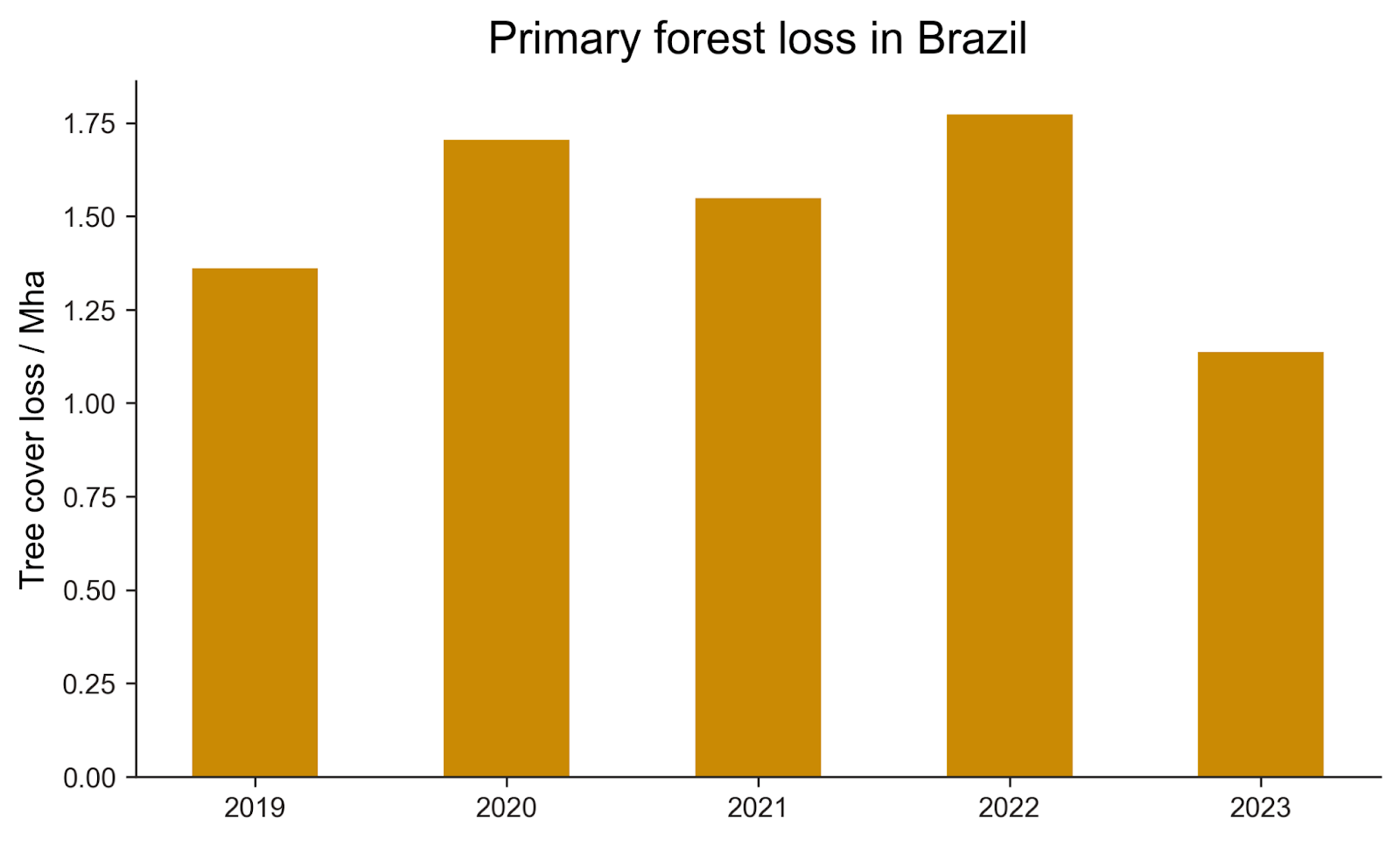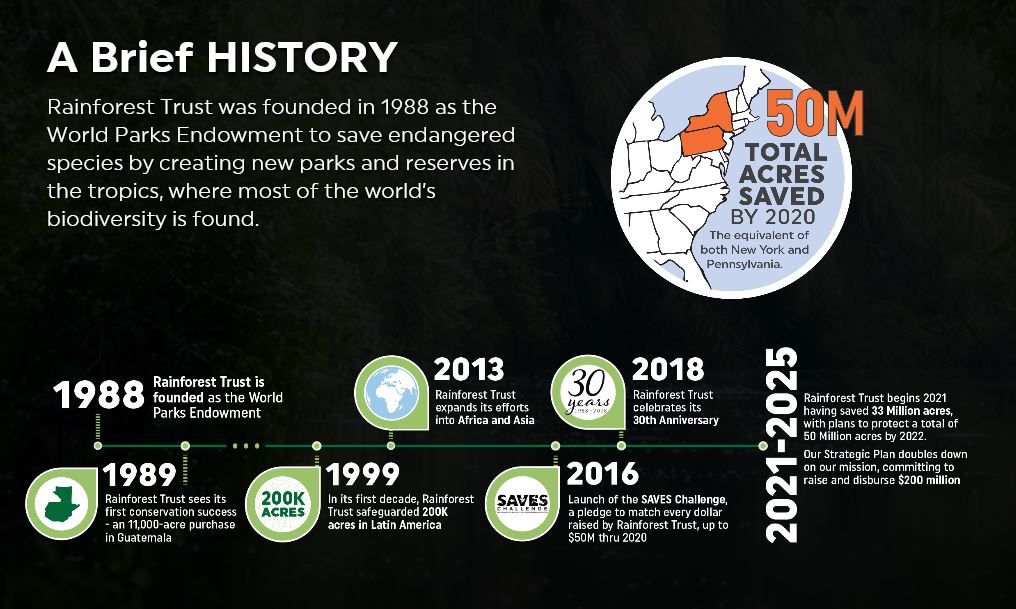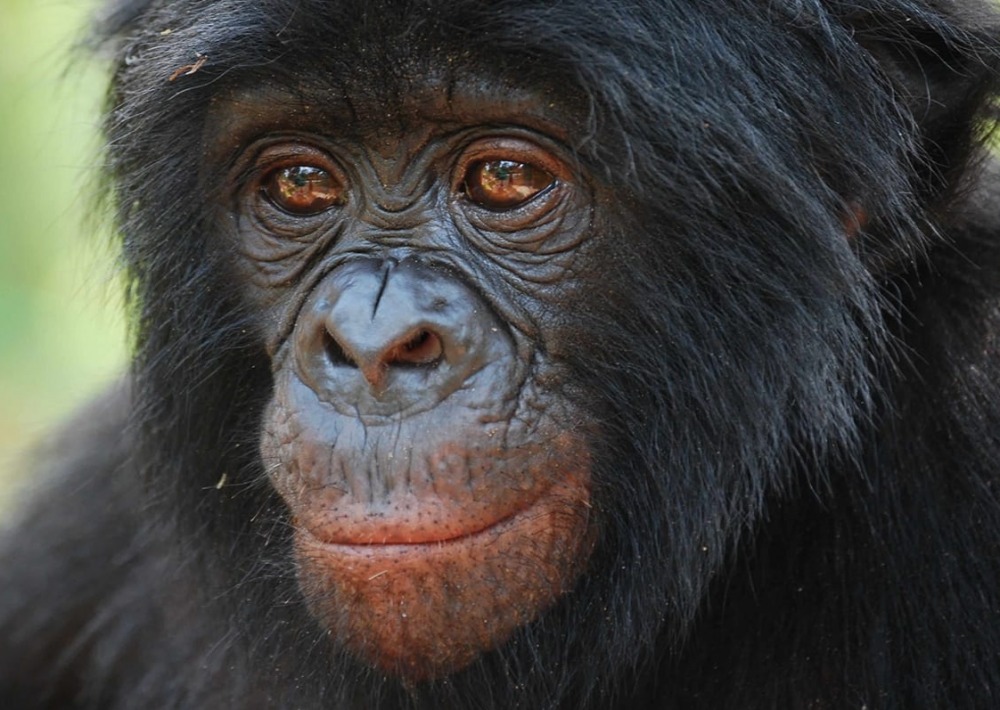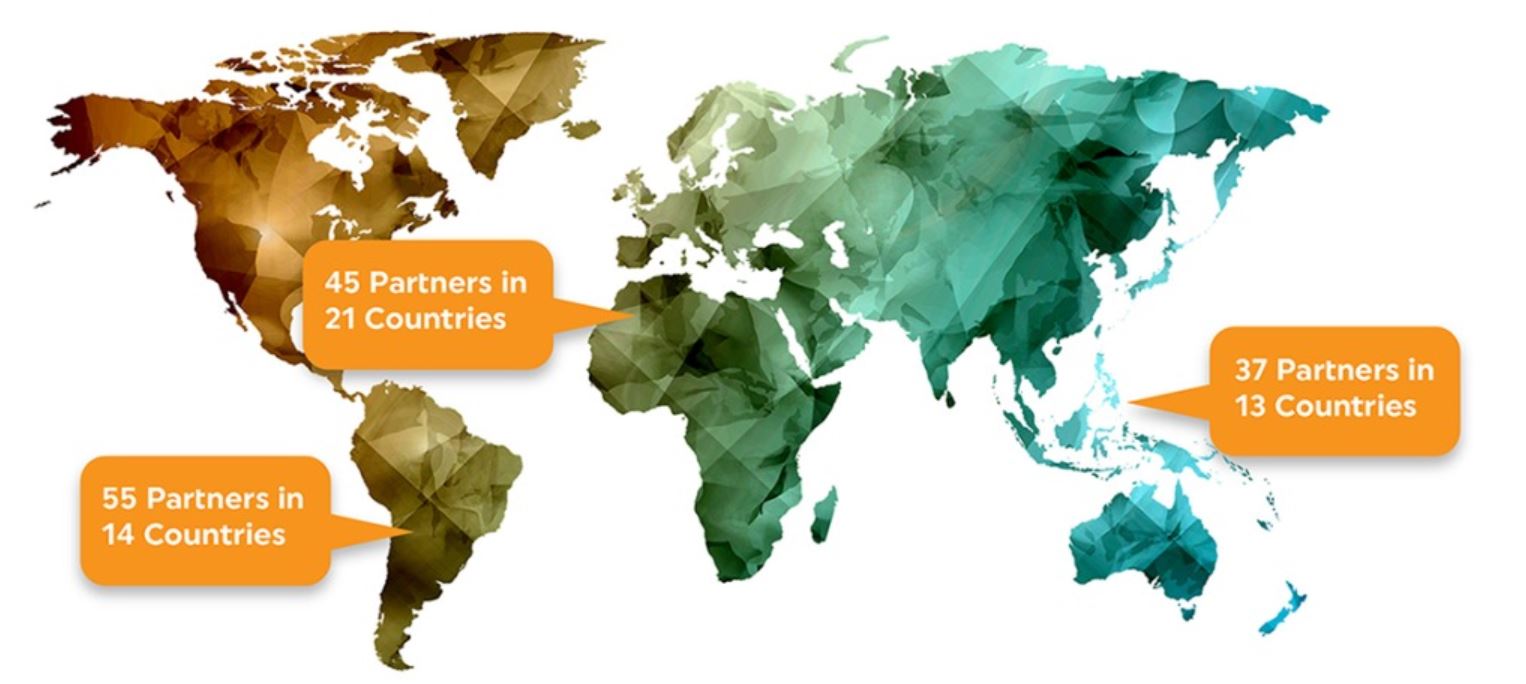‘Stunning win’ by Rainforest Trust protects Amazon mangroves
2nd May 2024
This year’s International Day of Forests also marked a historic celebration for the Rainforest Trust and its partner RARE Brazil in protecting Amazon mangroves. On March 21, 2024, President Luiz Inácio Lula da Silva of Brazil signed a decree that safeguards more than 180,000 acres of Amazon estuary. This area forms a critical part of the world’s largest continuous belt of mangroves.
James Lewis, Rainforest Trust’s Vice President for Conservation, said this was a “stunning win” for the Amazon and its fishing communities. Preserving the mangroves “provides a unique refuge and nursing environment for marine and coastal species facing extinction, like Atlantic Goliath Grouper, Black Rail, a tiny, elusive marsh bird, and the American Manatee”.
Professor Bernie Tershy, chair of the Rainforest Trust’s Conservation Committee, said at the charity’s AGM last year that protecting tropical rainforest, including peatlands and mangroves, is the most cost-effective way to end climate change. The recent win from Rainforest Trust is contributing to a promising trend in Brazil, which in 2023 retained a significantly higher proportion of its primary forest than in previous years.

Data from Global Forest Watch
Successful, sustainable campaigns
Rainforest Trust and RARE Brazil secured protection for 7% more of the Amazon estuary than originally planned. This protects habitat for migratory birds, and species such as swamp ghost crab, white shrimp, mussels, molluscs and oysters. The region provides food and livelihoods for over 10,000 people.

Importance of Amazon coastal regions and fisheries: RARE Brazil
Mangroves store CO2 and help stabilise the climate, but in the past 30 years more than 2.1 million acres of mangroves have been lost. Local communities will work with the Brazilian Government, universities and other institutions to conserve biodiversity, care for the coastal ecosystem, prevent deforestation and facilitate benefits for local communities.
Other Rainforest Trust success stories include protecting 68 threatened species in the Peruvian Amazon and helping almost 190 communities gain legal title to their land and manage ancestral forests. In Nepal, Rainforest Trust worked with KTK-BELT to establish the 40-acre Paschim Kusha Bird Sanctuary in 2018. This acts as a buffer to the biodiverse Koshi Tappu Wildlife Reserve. It also increases protection for threatened species like the Bengal Florican, Red-headed Vulture and Yellow-breasted Bunting, along with the South Asian River Dolphin and Elongated Tortoise.
Protecting the planet and slowing climate change
Rainforest Trust’s vision is to protect land and waters for wildlife and stabilise the climate. By 2025, Rainforest Trust intends to provide a lasting home for half the threatened bird and mammal species – and a fifth of all known threatened terrestrial and freshwater species.

The plan includes raising and allocating £160 million and locking up the carbon equivalent of three years’ worth of US emissions. This mission will contribute to protecting 125 million acres, including 7% of all currently threatened high-integrity tropical and subtropical forests.
Last August a project was launched to protect 1,150,638 acres of swamp forest in peatlands in the Democratic Republic of Congo. It’s estimated these peatlands capture and store up to half a million tons of carbon every year. Central Africa’s tropical peatlands sequester 29 billion metric tons of CO2 equivalents, comparable to emissions from all human activities on Earth over nine months. While the aim is to save habitats and biodiversity, communities play an essential role. By 2025, Rainforest Trust will reach half a billion people with its mission to foster respect, engagement and empowerment in all aspects of its work.
Saving habitats for people and animals
For three decades Rainforest Trust has demonstrated that preserving habitats is critical to saving animals from extinction, and it focuses on saving rainforest through land purchases and designations. Projects across the globe have already protected nearly 50 million acres, more than 2,800 species and continue to store the equivalent of 7.5 billion tons of CO2. Ongoing strategy includes identifying biodiversity hotspots under threat in places like Congo, Indonesia and Madagascar.

The Congo Basin project helps protect the Bonobo
- Civil unrest has threatened the world’s second-largest rainforest in the Congo Basin. It’s home to the endangered African Forest Elephant, Congo Peacock and Grauer’s Gorilla. Working with local communities upholds traditional values and sustainable livelihoods.
- Indonesia’s rainforest is the third largest on the planet. The nation’s 17,000 islands support incredible biodiversity, with 28,000 species dwelling in rare habitats. Many species are threatened, and deforestation and illegal hunting are pushing the Bornean Orangutan to the brink of extinction. Claiming a critical corridor of land will help the orangutan survive.
- Mining, deforestation and poaching have decimated 90% of Madagascan forest, home to at least 200,000 species. Madagascar’s coral reefs, tortoises and lemurs face significant threats. With continued support, Rainforest Trust can work with governments and local people in managing reserves to ensure sustainable livelihoods and conservation.

Working with Indonesian communities can safeguard the Sumatran tiger
Continuing research
Rainforest Trust recently released the findings of a survey titled: Wild Optimism: Insights from the Front Lines of Global Conservation. This project sought the opinions of 137 global conservation leaders, and 80% were optimistic about local and regional efforts and believed significant progress is underway. More than 70% agreed efforts were heading in the right direction, and that government engagement underpinned by consistent, long-term funding could accelerate success. The findings underlined the importance of saving forests in slowing climate change.

More animals need help to survive
Campaigns to save irreplaceable habitats continue in several countries. More than 80% of funding is still needed for a national park in Liberia to preserve the home of endangered Western Chimpanzees and the Pygmy Hippopotamus.
The Rainforest Trust is also working with the Wildlife Conservation Society to safeguard 150,000 acres in Laos and help protect pangolins, the Big-headed Turtle, Red-shanked Douc Langur and the Northern White-cheeked Gibbon. Only 40% of the funding needed is in place now. In Rwanda, conservation of tropical peatland supports Grey Crowned Cranes and other endangered birds while contributing to carbon storage. So far, around 10% of the £2.5 million needed to conserve around 15,000 acres has been raised.
Rainforests sustain life
By now most people are aware of how important forests are in the life cycle of our fragile planet. Rainforests are home to millions of indigenous people and 50% of the biodiversity on land. Rainforests help regulate the global ecosystem by storing carbon, regulating the water cycle and protecting against soil erosion. However, logging, poaching and agriculture destroy 75,000 acres of rainforest every day.
The Rainforest Trust continues to buy land, plant trees and work with local people to protect forests.
Rainforest Trust UK is part of the Forest Conservation cause on Tythe and the money we send them gets matched 100% by an anonymous donor. Sign up now and get £10 free credit towards action you believe in: